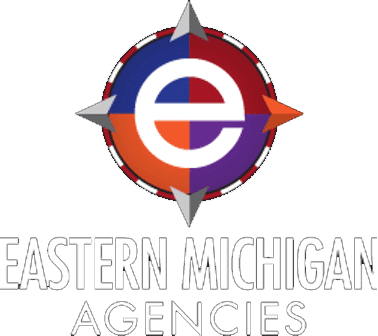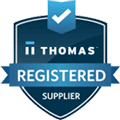Navigating OSHA PPE Standards: Ensuring Compliance and Safety in the Workplace
Ensuring the safety and well-being of employees in any workplace begins with understanding and adhering to the standards set by the Occupational Safety and Health Administration (OSHA). Among the various regulations, OSHA’s guidelines on Personal Protective Equipment (PPE) are crucial for maintaining a safe work environment. This blog aims to demystify OSHA’s PPE standards and provide practical insights into ensuring compliance and safety.
Understanding OSHA PPE Standards
OSHA’s PPE standards are designed to protect workers from serious workplace injuries or illnesses resulting from contact with chemical, radiological, physical, electrical, mechanical, or other workplace hazards. These standards are outlined in OSHA’s Code of Federal Regulations (CFR), specifically 29 CFR 1910.132-138 for general industry.
Key Elements of OSHA PPE Standards
1. Hazard Assessment
- Employers must conduct a thorough hazard assessment to identify potential hazards in the workplace.
- This assessment should determine the necessary PPE to protect workers from identified hazards.
2. Selection of PPE
- PPE must be selected based on the hazard assessment.
- Employers should consider the fit, comfort, and suitability of the PPE for the specific tasks to ensure maximum protection.
3. Training
- Employers are required to train employees on the proper use of PPE.
- Training should include when and how to wear the PPE, its limitations, and how to care for and maintain it.
4. Maintenance and Replacement
- PPE must be regularly inspected, cleaned, and maintained.
- Damaged or defective PPE must be replaced immediately to ensure continuous protection.
Conducting a Comprehensive Hazard Assessment
A thorough hazard assessment is the foundation of OSHA’s PPE standards. This process involves identifying and evaluating potential hazards that workers might encounter. The assessment should be documented and reviewed regularly, especially when new hazards are introduced or existing ones change.
Steps for Conducting a Hazard Assessment
1. Identify Hazards
- Examine all work areas and tasks to identify potential hazards.
- Consider physical hazards, chemical exposure, biological agents, and ergonomic risks.
2. Evaluate Risks
- Assess the severity and likelihood of each identified hazard.
- Prioritize hazards that pose the greatest risk to workers.
3. Determine PPE Requirements
- Based on the hazard evaluation, determine the type of PPE needed.
- Ensure the selected PPE meets OSHA’s standards and is appropriate for the specific hazards.
Selecting the Right PPE
Choosing the correct PPE is critical for ensuring worker safety. The selection process should be guided by the findings of the hazard assessment and should involve the following considerations:
1. Appropriate Fit and Comfort
- PPE should fit well and be comfortable to wear for extended periods.
- Poorly fitting PPE can lead to reduced effectiveness and reluctance to use it.
2. Quality and Durability
- Ensure PPE is of high quality and can withstand the specific hazards identified.
- Look for PPE that meets or exceeds OSHA’s standards.
3. Ease of Use
- PPE should be easy to put on, adjust, and take off.
- User-friendly PPE encourages consistent and proper use by employees.
Implementing Effective Training Programs
Training is a vital component of OSHA’s PPE standards. Employees must be trained to understand the importance of PPE, how to use it correctly, and how to maintain it.
Essential Training Components
1. When and How to Use PPE
- Clearly explain the situations where PPE is required.
- Demonstrate the correct way to don, adjust, and remove PPE.
2. Understanding PPE Limitations
- Educate employees about the limitations of their PPE.
- Emphasize the importance of using PPE as a supplement to other safety measures.
3. Maintenance and Care
- Provide instructions on how to properly clean and store PPE.
- Teach employees how to inspect their PPE for damage and report any issues.
Regular Maintenance and Inspection
To ensure PPE remains effective, it must be regularly inspected and maintained. Establishing a routine for PPE checks can prevent the use of compromised equipment.
Maintenance Best Practices
1. Routine Inspections
- Conduct regular inspections to identify wear and tear, damage, or contamination.
- Document inspection results and address any issues immediately.
2. Proper Cleaning and Storage
- Follow manufacturer guidelines for cleaning PPE to avoid damaging the equipment.
- Store PPE in a clean, dry place out of from direct sunlight and contaminants.
3. Timely Replacement
- Replace PPE that shows signs of damage or has reached the end of its usable life.
- Maintain an inventory of replacement PPE to ensure availability when needed.
Conclusion: Ensuring Compliance and Safety
Adhering to OSHA’s PPE standards is not just about compliance; it’s about creating a safe and healthy work environment. By conducting thorough hazard assessments, selecting appropriate PPE, providing comprehensive training, and maintaining rigorous inspection and maintenance routines, employers can significantly reduce workplace injuries and illnesses. Commitment to these practices demonstrates a dedication to the well-being of employees and fosters a culture of safety.
Reference: https://www.osha.gov/personal-protective-equipment







